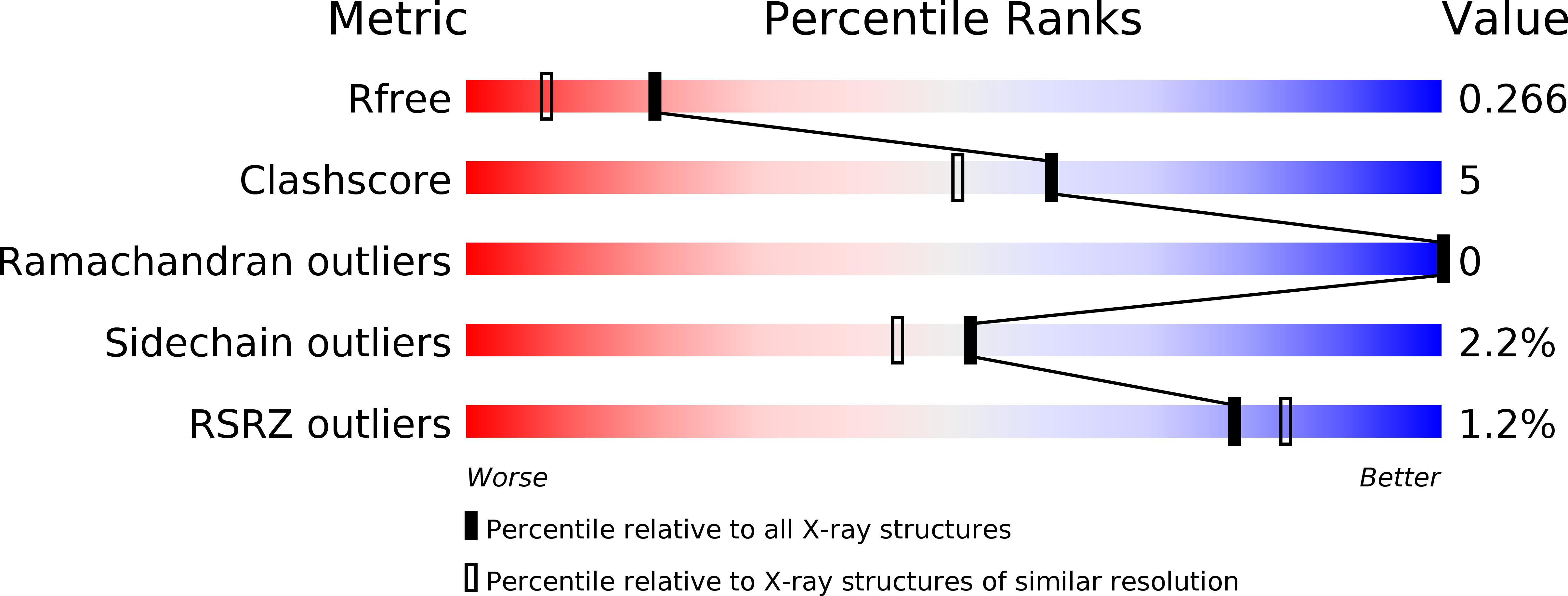
Deposition Date
2013-11-08
Release Date
2014-11-12
Last Version Date
2024-11-20
Method Details:
Experimental Method:
Resolution:
1.95 Å
R-Value Free:
0.26
R-Value Work:
0.21
R-Value Observed:
0.21
Space Group:
P 21 21 21


